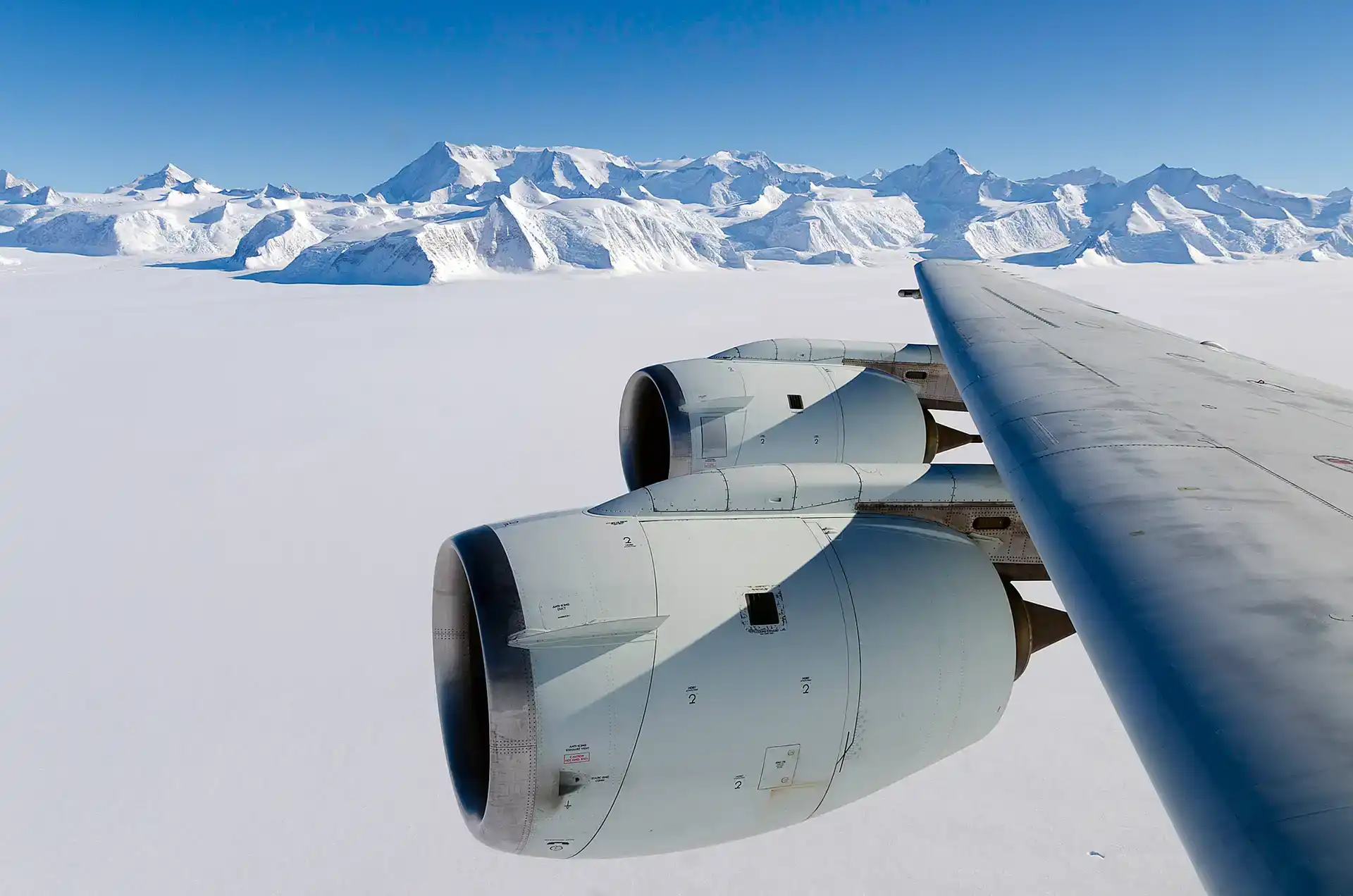The Flugzeug Synthetic Aperture Radar (F-SAR) is an airborne radar developed and operated by the German Aerospace Center (DLR). F-SAR provides radar imagery across five polarimetric frequencies spanning the X-, C-, S-, L-, and P-bands. It has a resolution of 0.25 to 4 meters, depending on the operating frequency band. It has a swath width of 1 to 5 km and a maximum operating altitude of 6,100 meters above sea level. F-SAR is operated on DLR’s DO228 aircraft.

Instrument Details
- Radar
- Earth Science > Spectral/engineering > Radar > Radar BackscatterEarth Science > Spectral/engineering > Radar > Radar Imagery
- Land Surface
- N/A
- 0.25-4m
- 9.60 GHz, 5.30 GHz, 3.25 GHz, 1.325 GHz, 0.35 GHz, 0.435 GHz
- https://doi.org/10.1109/IGARSS.2011.6049357
Ralf Horn, Andreas Reigber
Ralf Horn, Andreas Reigber
Microwaves and Radar Institute of the German Aerospace Center
DLR
data center outside NASA
DO-228 Dornier 228 2 Campaigns · 1 Instrument | AfriSAR AfriSAR 2015—2016 Gabon tropical forests 1 Deployment · 10 Data Products
 Arctic-Boreal Vulnerability Experiment 2017—2026 Alaska, Northwestern Canada Ongoing 6 Deployments · 130 Data Products
|